Coin collector supplies can be nice gifts for numismatists friends: best coin collector software, albums, storage boxes, coins collection books
Coin collecting supplies are must haves for numismatists or coin collectors. For example, coin collecting folders and albums are useful to display and store your collection.
Cleaning supplies like tongs and cotton gloves are needed for coin care and maintenance.
Below are the most commonly used supplies for a coin collector. They are also ideal numismatic gifts for friends or loved ones.
1.) Coin collecting set
A coin collecting set is one of the best coin collecting gifts for a beginner in numismatics. A starter kit usually contains a handy guide or handbook, and some basic coin collecting supplies like coin holders, magnifiers, and folders.
2.) Coin collector books and other reading materials
Whether you are a newbie or an advanced collector of coins, you can never run out of things to learn in numismatics.
For beginners, you can start with the basics – learning the numismatic language, knowing about the history of coin collecting, what are the different types of collectable coins, and other fundamental topics to get you more acquainted with the hobby.
For the more experienced collectors, comprehensive know-how in coin grading and pricing is a must to guide you in purchasing valuable pieces for your collection. Much more if you wish to make money in coin collecting. In addition, sufficient knowledge in numismatics will help you avoid fraud.
You can find the information you need in coin collecting books and other reading materials such as magazines, coin catalogs, and newsletters among others. You may subscribe to weekly, monthly, or yearly publications to keep your self updated with the latest news in the coin market.
3.) Coin Software
A coin software is a computer program that assists a numismatist in cataloging his collection by providing an extensive database of collectible coins.
For example is the CoinManage 2009. It contains a listing of over 21,000 coins from America, United Kingdom, and Canada. The type, year of mintage, denomination, variety, and grade of each coin can be found in the database. Photos are included so you can easily identify the coins that you own.
The software will also provide the current market values of each coin. Such coin prices are updated twice a year and are downloaded through the automatic program update feature of CoinManage. Also included in the coin inventory software package are links to numismatic websites.
It can be an additional expense for you as collector but purchasing a coin collector software is worth it considering how it can help you efficiently organize a growing collection of coins.
There are other softwares designed for medieval and ancient coins, world coins, bullion coins, etc. To be sure that you purchase the right program for you, you may download from the internet free coin collecting software for a thirty-day trial.
4.) Coin storage and display
a. Coin albums and coin folders
Coin albums and coin folders do not only display your collectible coins and coin sets. They also protect your collection from possible damage caused by dust, moisture, and other elements.
However, albums and folders are not very suitable for collectible coins which are valuable in terms of market price. Sliding the coin in the folder or album may sometimes cause minute scratches.
Coin collecting albums and coin binders can be as cheap as $2 while there are albums made from high quality materials and can cost up to $60.
Dansco coin albums and Whitman coin folders are among the preferred brands by collectors. Because of their good quality, they are also more expensive than the other brands you can find.
b. Plastic coin flips
A plastic coin flip is a flexible, thin, transparent plastic coin holder that can be folded in half to hold one coin.
The coin is inserted on the half of the coin flip while the other half is for the label where significant information about the displayed coin (e.g. its era of mintage, country of origin) are being written.
c. Cardboard coin holders
A cardboard coin holder is a square holder with a hole into its center having a thin, transparent, and strong polyester covering called Mylar. This protects a collectable coin and holds it in place.
Because cardboard holders are inexpensive, they are usually used by coin dealers or sellers to display and store their coin inventory.
d. Slab coin holders
A slab holder protects the collectible coins from moisture and air. Coin slabs are small, thin, transparent, plastic cases that are ideal for displaying valuable collectible coins by piece.
Collectors use these holders when they showcase their coins in exhibits. This type of coin collector supplies is also used by coin graders to protect graded coins from being tampered.
e. Air-Tite coin holders
Air tite coin holders are the choice holders by serious numismatists and coin collecting archivists.
Air tite coin holders are made of transparent, acrylic plastic; are durable; and scratch resistant. They provide superior protection to highly valuable coins.
f. Coin tube
Coin tubes are not recommended for expensive coins – one coin may abrade another coin when stored together. Coin collecting tubes are usually meant as storage container for circulated or currency coins.
A coin tube also protects your coins from moisture and air (especially if you plan of storing the coins for a long time in a vault or inside a coin collection box). You can put all the coins of the same size together: quarter dollars in one tube and cents on another tube.
g. Coin storage boxes
Keep your slabbed coins and the coins that you have placed in cardboard holders, air tite holders, or coin flips altogether inside specific coin storage boxes. Such boxes are also ideal when shipping coins in bulk.
5.) Coin display cases
Coin display cases are used to display coins, usually coin sets or single coins. Common examples of these coin collecting supplies are velvet coin display cases, dome coin display cases, and more.
The cases should be made from materials that do not contain substances which can cause coin damage.
6.) Safety mailers for coins
Sending your coins for grading? Simply giving coins to a loved one who is miles away from you? Keep your coins safe during shipment or mail with safety mailers.
The safety mailer is a coin collecting holder designed with special adhesive technology, its corrugated flaps stick to themselves and not to your coins enclosed in the mailer. It can also be used for other collectibles like sports cards or other popular items like collectible stamps, etc.
7.) Coin cleaners and coin cleaning supplies
Cleaning coins is generally not advised by expert numismatists particularly for valuable coins or those which worth are still not known. In circumstances wherein coin cleaning is allowed, such as for hygienic purposes, it is best to have the right coin cleaning supplies on hand.
a. Coin cleaners – coin cleaners that you must use should not be abrasive or should not contain strong chemicals that may damage your coin. Examples are acid free coin wash, coin dips, coin brightener, tarnish remover, solvents, etc.
Make sure that you choose the best coin cleaner for a specific metal like gold or silver. Also consult a professional numismatist before attempting to clean a coin.
b. Coin collecting supplies for cleaning– are used for proper coin handling during cleaning; others are the brushes and cloths used to remove dirt and to wipe the coin clean
Coin gloves
The acids and oils in our skin could be harmful to the condition of the coin. Proper handling is important to prevent the coin from deterioration. Always hold the coin by the edge and not by its surface.
Use coin gloves or finger cots so that no oil from your fingers will touch the coin. White coin gloves 100% cotton are usually preferred although latex coin gloves may also be used. Use thin gloves so that you can feel and hold the coin better and tighter.
Coin tongs
Coin tongs or coin tweezers are often used when using coin cleaners that are too strong for your skin or when you are using coin dips.
Soft brush
A soft brush will be helpful to remove deep seated dirt on the coin rim and on other parts of the coin.
When brushing coins, do it gently so not to create hairlines or scratches on the coin surfaces.
Nonabrasive cloth
When handling the coin, always have a soft cloth under it to cushion if and when the coin falls from your hands. The cloth is also useful when you are drying the coin.
8.) Coin magnifiers and loupes
Coin magnifiers and loupes are for the more serious collectors and coin investors. These coin collection supplies are helpful in detecting counterfeit coins and seeing mint errors. These are also practical tools when pre- or self-grading your coins.
For beginners, a 5 to 6 times magnifying power will do, while professional coin collectors may need coin loupe 10x magnifying power. If you plan to practice coin appraisal, then you need to have a coin magnifier to study coins closely.
9.) Stapler for coin collectors
A stapler is needed by a coin collector for stapling cardboard coin holders, folders, and other coin collecting holder types.
However, ordinary staples rise above the surface of the cardboard causing scratches on adjacent coins once the holder is folded.
With flat clinch staplers, this problem can be avoided. This stapler for coin collectors is made to fully compress staples on the objects’ surface so no coin will be scratched or abraded.
What coin collecting supplies and substances to avoid:
a. Pencil erasers as coin polish – a lot of new coin collectors polish their collectable coins with pencil erasers. This should be avoided because pencil erasers could cause scratches on the coin surface.
b. Polyvinyl Chloride (PVC) – PVC is a chemical that is found in many coin holders and other plastic coin supplies. It usually reacts adversely with metals in coins causing stubborn greenish stains; in effect, it deteriorates the coin market price. PVC coin damage is very common in the coin collecting market.
c. Glassine – glassine is a material usually used in making paper envelopes. While paper envelopes from glassine are often used by collectors to store their coin collection, these can often be acidic and can damage the coin.
d. Other acids like polyvinylidene chloride, hydrochloric acids, etc. They can be too strong and will cause unpleasant reaction with metals like gold, silver, copper, and other coins. Always check labels when buying coin collecting products.

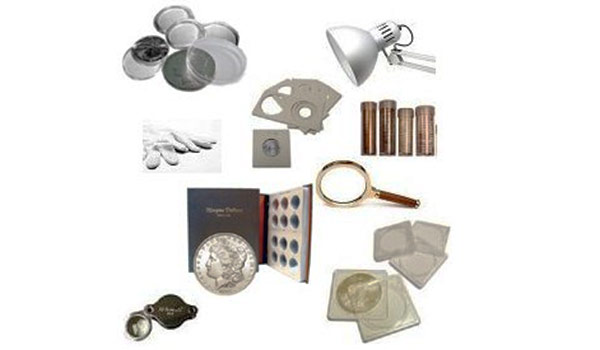
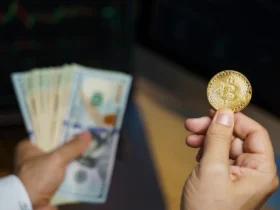


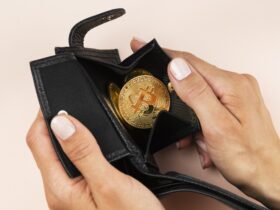
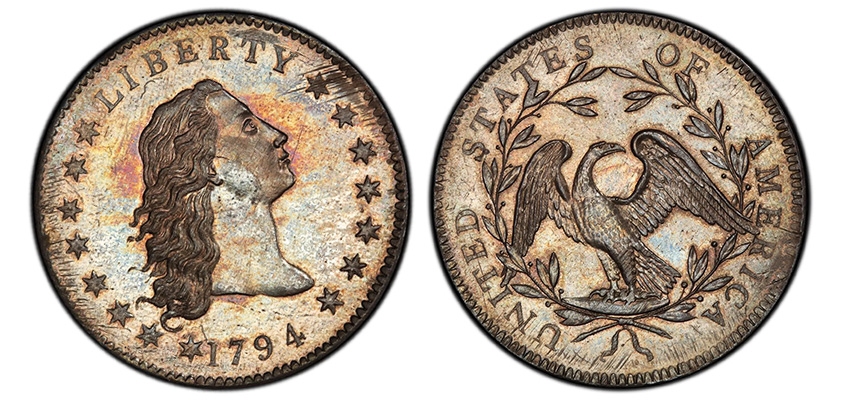
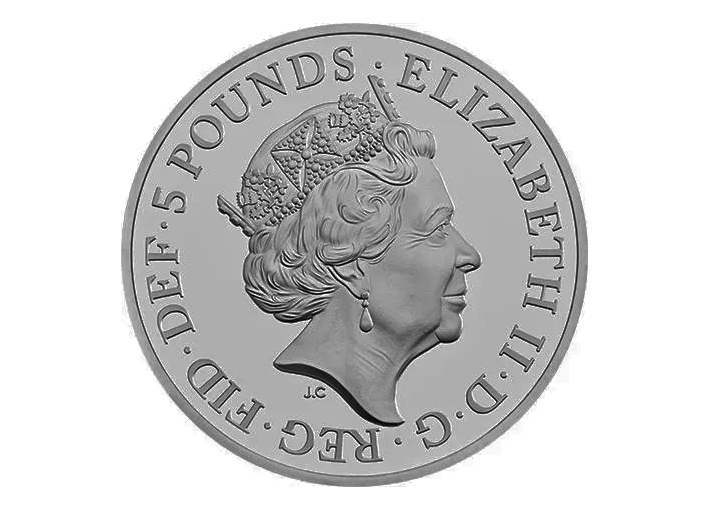
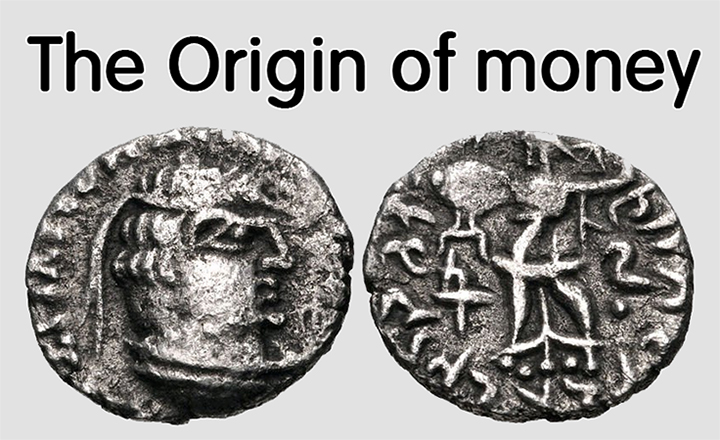
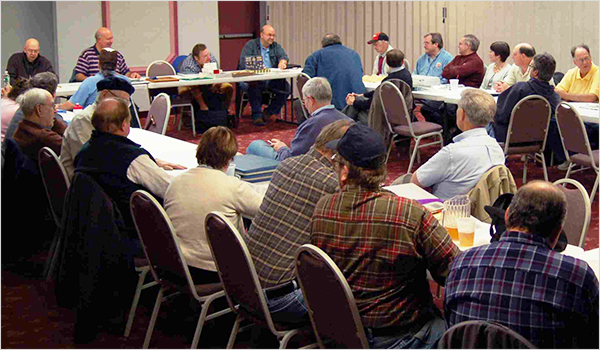

Leave a Reply